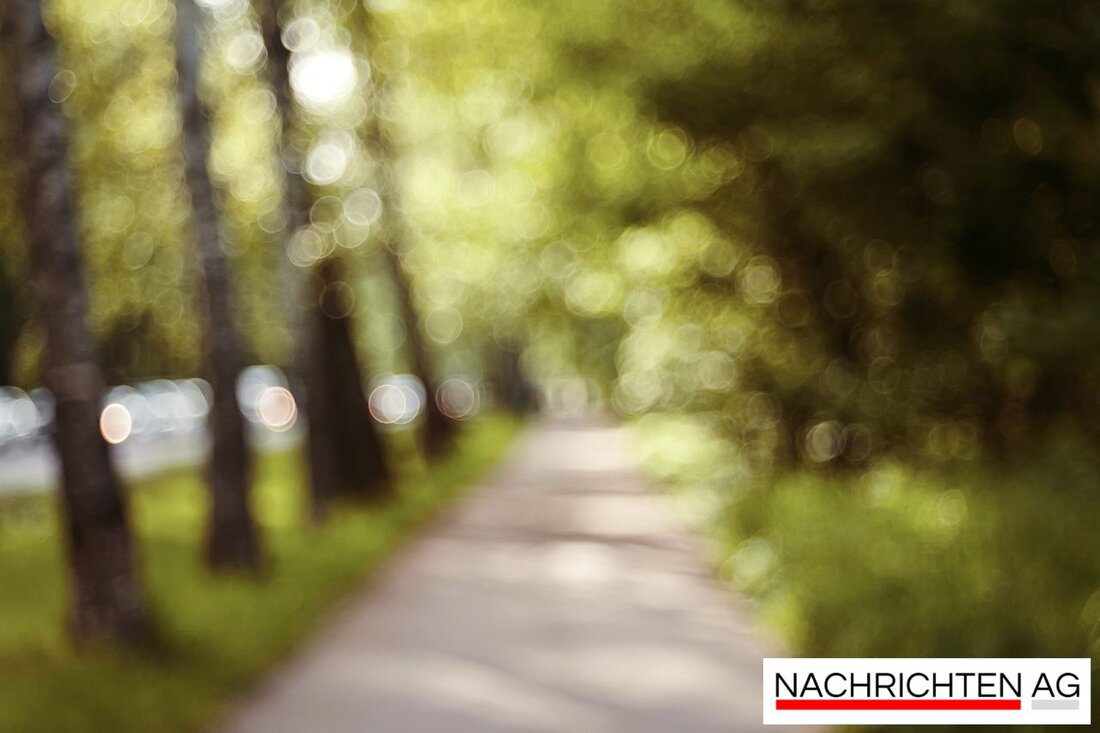Wild renovation at Leipzig Zoo: Crocodiles are coming home soon!
Leipzig Zoo is renovating key areas, including the terrarium, to improve species protection and animal husbandry.

Wild renovation at Leipzig Zoo: Crocodiles are coming home soon!
Extensive renovation work is underway at Leipzig Zoo, which extends across several buildings. These measures are necessary to modernize and improve various animal habitats. How Thuringia24 Reportedly, some animals have been temporarily relocated to other accommodations while their original habitat is renovated. The work is intended to help optimize the living conditions for the animals and increase the zoo's attractiveness for visitors.
One of the most significant projects is the renovation of the adjacent terrarium, which was originally built in 1913 as an addition to the aquarium. This building will be fundamentally modernized over the next two years. The conversion is necessary because the building technology needs to be repaired in order to ensure optimal supply of both buildings, as shown on the zoo's website Leipzig Zoo can be read.
Insights into project planning
The terrarium's heritage-listed roof structure needs an overhaul and parts of the rear area need to be rebuilt. The zoo plans to preserve the architectural form of the terrarium, while internally some rooms, such as the alligator enclosure, will be structurally and technically modernized.
The repair also brings changes for some animal species. Although animals such as Mississippi alligators and radiated tortoises are temporarily moving to Gondwanaland's rear livestock facility, the terrarium is also expected to play an important role in new breeding and conservation programs.
Commitment to endangered species
Particular attention is paid to the stump crocodiles, which have lived at Leipzig Zoo for a long time. A new landscape tank is being set up for these endangered animals, while the female has been living at the zoo since 1994 and the male arrived from Sweden in 2012. The zoo has recorded offspring of stump crocodiles several times in the past and is actively committed to their protection and conservation. Since 2004, the zoo has coordinated the European Stud Book for this species, meaning the animals are part of a wide-ranging conservation program.
What was surprising for the zookeepers was that there were even offspring in the quarantine cage in which the female and male stump crocodiles are currently kept. Breeding programs in zoos have been crucial since the introduction of the Convention on International Trade in Endangered Species in 1975 to prevent genetic defects in offspring and to develop targeted breeding strategies. This is done in close collaboration with other zoos to ensure the exchange of animals and the avoidance of inbreeding Planet knowledge emphasized.
In summary, it can be said that Leipzig Zoo not only takes care of the structural substance, but also actively works on future-oriented conservation measures for endangered species in order to offer both the wildlife and visitors a better experience.

 Suche
Suche
 Mein Konto
Mein Konto
